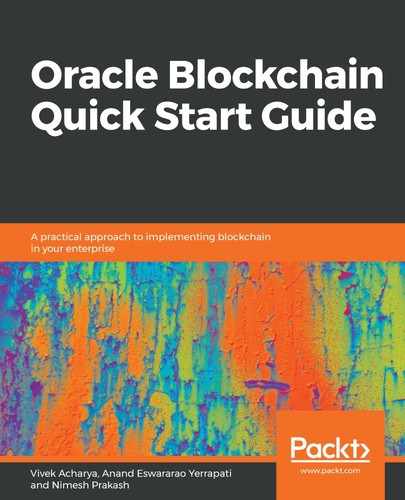The double-entry accounting system we've discussed so far highlights an accounting system that has a centralized ledger. Anything with a financial value is recorded in journals and posted to ledgers. These ledgers are just like the central repository of the posted transactions, and they are the backbone of any organization.
However, centralized ledger systems have various drawbacks as well. For example, banks control the transactions that are posted into the bank's ledgers and they maintain total control over bank statements. In this case, they can penalize you at any given time and can transact money from your account at any given time. If such a centralized institute has malicious intent, then the consequences could be manifold; they could close down their business without prior notification, which prohibits any further transactions. These examples are used mostly by the blockchain evangelists who lean more toward complete decentralization of trust authorities.
Let's look at a more viable challenge, pertaining to banks. Double-entry mandates the need for each bank to maintain its own ledger to reflect their perspective of truth, and as more banks are transacting with each other, they need to reconcile their version of the truth to derive a single version of the truth. Banks today spend time, money, and resources to ensure a consensus over the single truth.
Obviously, they have their ledger and hence their own system, which allows the financial industry to avoid any chance of a single point of control and single point of failure. In addition, it becomes more interesting as a customer opens an account with a bank and puts his/her money with a level of trust in that banking institute. Now, the onus is on the banking institution to safeguard your money and information. On the other hand, the bank will invest a lot of time, money, resources, and effort into building and maintaining a system and then spend even more time, money, resources, and effort on integrating and checking with other banking institutes to ensure that their mastered system is in consensus with the other banking institutes' system to reach a common truth.
If you analyze this closely, you will see that each bank's ledger is actually replicating the functionality of the other banking institutions. Now, what if one of the banking institute's systems fail? Is this going to lead to a situation where reconciliation is not possible? Doesn't this sound more like a single point of failure? The answers lie in the distributed ledger discussed in the following section and throughout the book.
